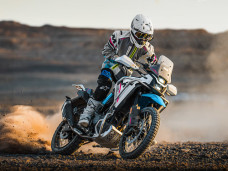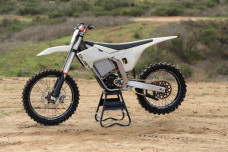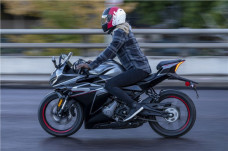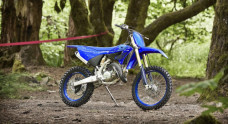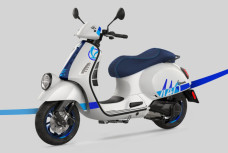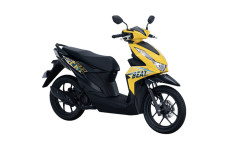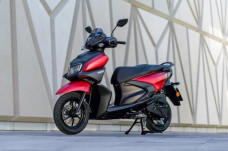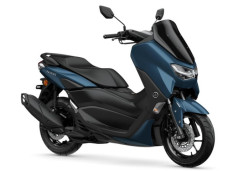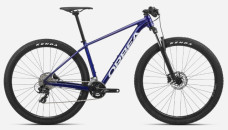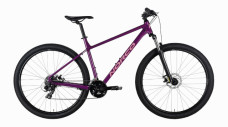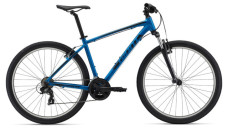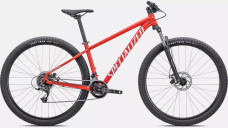Sell your bike at the Largest Used Bike Marketplace and get the highest price.
Why Sell With Bikes4Sale?
- • Dedicated bike portal, started in 2007.
- • More than 5,00,000 bikes sold till date.
- • No commission on sale.
- • Usual time to sell between 1 to 3 weeks.


 Cheapest Mountain Bikes from Top Brands in Australia
Cheapest Mountain Bikes from Top Brands in Australia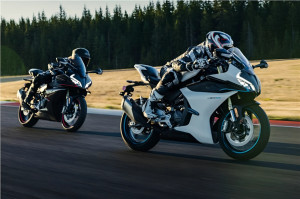 Best Sport Motorcycles Under $6,000 in US for 2024
Best Sport Motorcycles Under $6,000 in US for 2024 Top Road Bikes in Australia Under $1,000 AUD
Top Road Bikes in Australia Under $1,000 AUD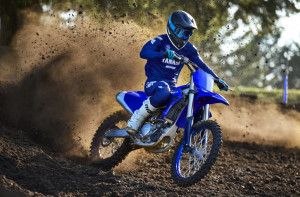 Cheapest Dirt Bikes you can Buy in US for 2024
Cheapest Dirt Bikes you can Buy in US for 2024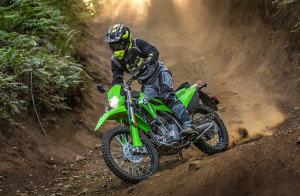 Best Dual Sport Motorcycles Under $7,000 in the US
Best Dual Sport Motorcycles Under $7,000 in the US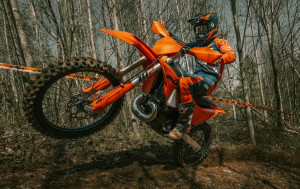 2025 KTM XC and XC-F: Unveiling the Latest in Off-Road Race Tech
2025 KTM XC and XC-F: Unveiling the Latest in Off-Road Race Tech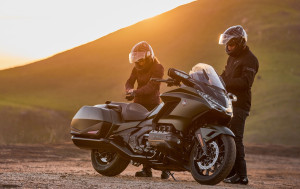 Top 10 Expensive Touring Motorcycles Available in the US for 2024
Top 10 Expensive Touring Motorcycles Available in the US for 2024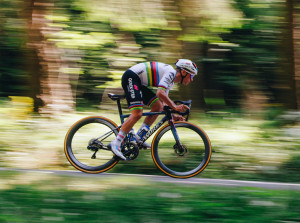 Top 5 Most Expensive Aero Bikes in Australia
Top 5 Most Expensive Aero Bikes in Australia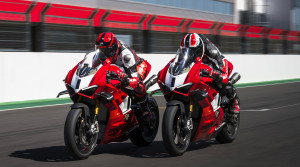 Fastest Sport Motorcycles Available in US for 2024
Fastest Sport Motorcycles Available in US for 2024 7 Best Road Bikes Under $2000 in Australia – 2024
7 Best Road Bikes Under $2000 in Australia – 2024